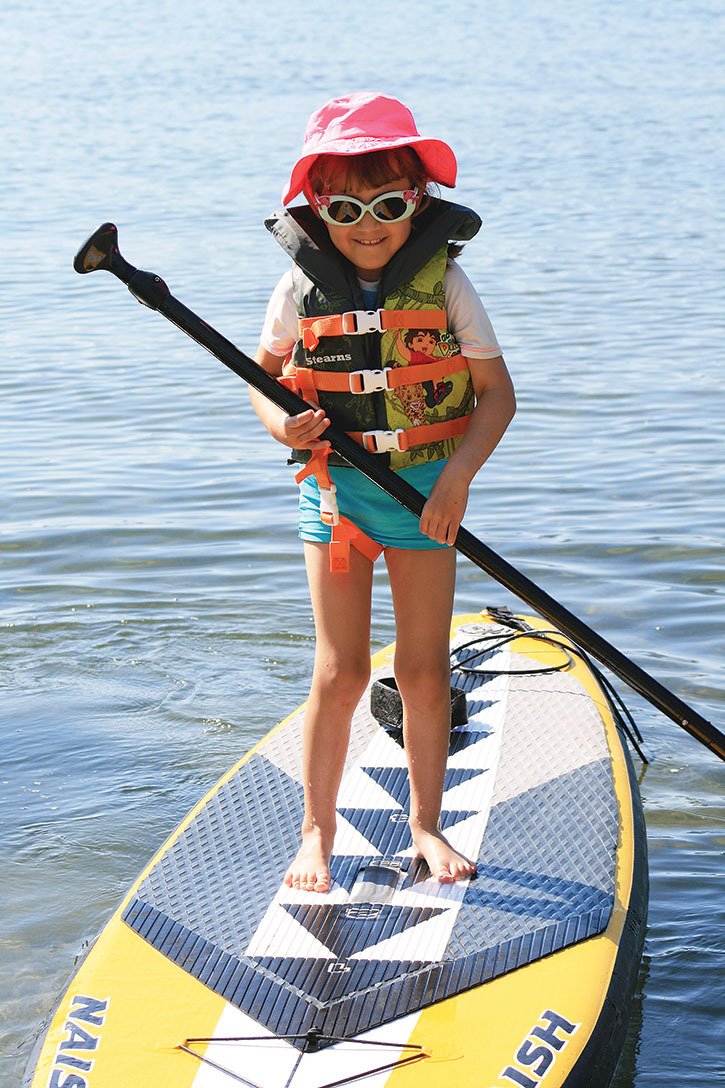Swimmers and boaters should prepare for the dangers of drowning and avoid becoming a victim.
The BC Drowning Report 2014 indicates that the average drowning rate has decreased by 14 per cent when comparing 2007-2011 statistics with the statistics from 2002-2006, according to the Drowning Prevention Research Centre.
The dramatic dip in drowning deaths in B.C. over the last five years (1.8 per 100,000) has been welcomed by researchers, but ultimately criticized as it is (1.5 per 100,000) still higher than the national average, according to the Chief Coroner of B.C.
The Columbia Valley recently witness the loss of a 32-year-old Calgary man, Ryan Bjolverud, who capsized approximately 200 metres from the northwest end of Columbia Lake on June 28th.
Mr. Bjolverud, a third year firefighter, was camping near Fairmont Hot Springs and perished around 4 a.m. when he was unable to surface from the accident. Alcohol was believed to be a factor.
“The concern for me when conducting boat patrols is the fact that although most boaters have enough PFDs on board, they choose not to wear them while on the water,” said Columbia Valley RCMP Cpl. Grant Simpson. “Having PFDs on board does not save lives — wearing them does! Accidents on the water usually happen within a fraction of a second and there is not enough time to put on a life jacket properly or safely. The recent drowning of the Calgary firefighter on Columbia Lake is a tragic example of this. PDFs only work if they are worn.”
The Lifesaving Society, Canada’s lifeguarding experts believe the major risk factors that contribute to drowning for boaters includes alcohol consumption (30 per cent); boating alone (34 per cent); not wearing a lifejacket (51 per cent); rough water while boating (21 per cent); falling overboard (41 per cent); boating after dark (24
per cent).
For swimmers, the Lifesaving Society reported, the biggest risks are swimming alone (23 per cent); poor swimming ability (19 per cent); alcohol consumption (27 per cent).
In total, the highest number of fatality rates in B.C. are among young men between the ages of 20 and 34 years old, which typically peaks at rivers and lakes on a warm weekend — around 19 per cent of swimmers become victims in August.
For more information about the BC Drowning Report 2014, visit lifesaving.ca.
